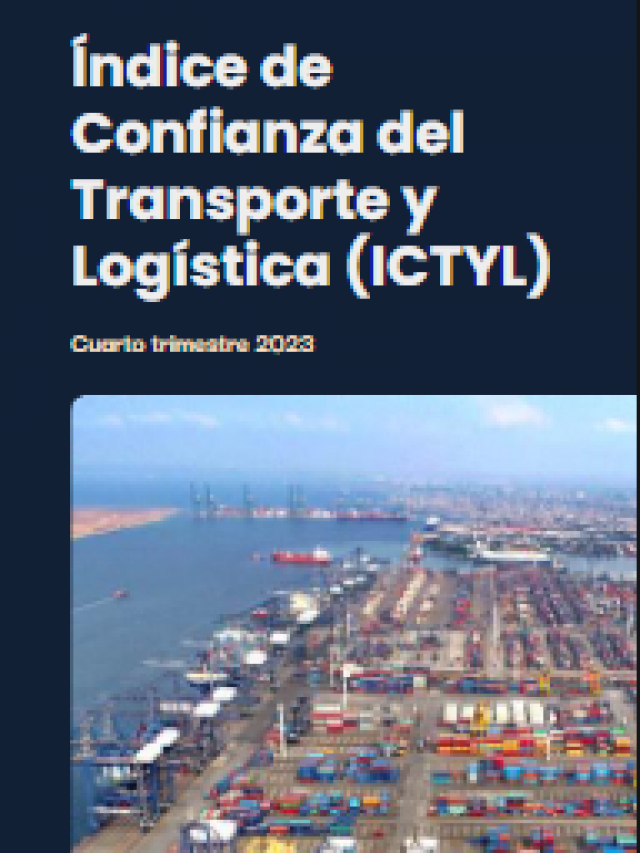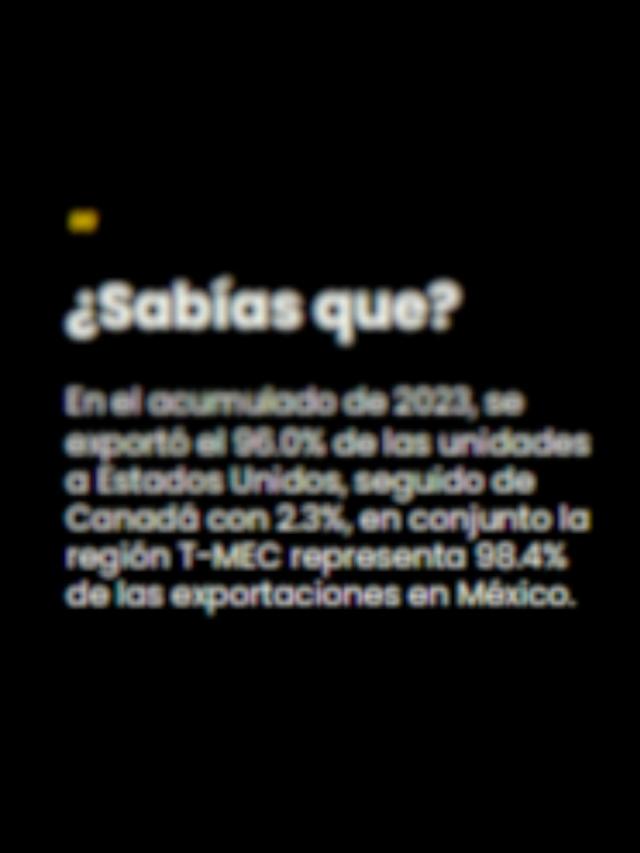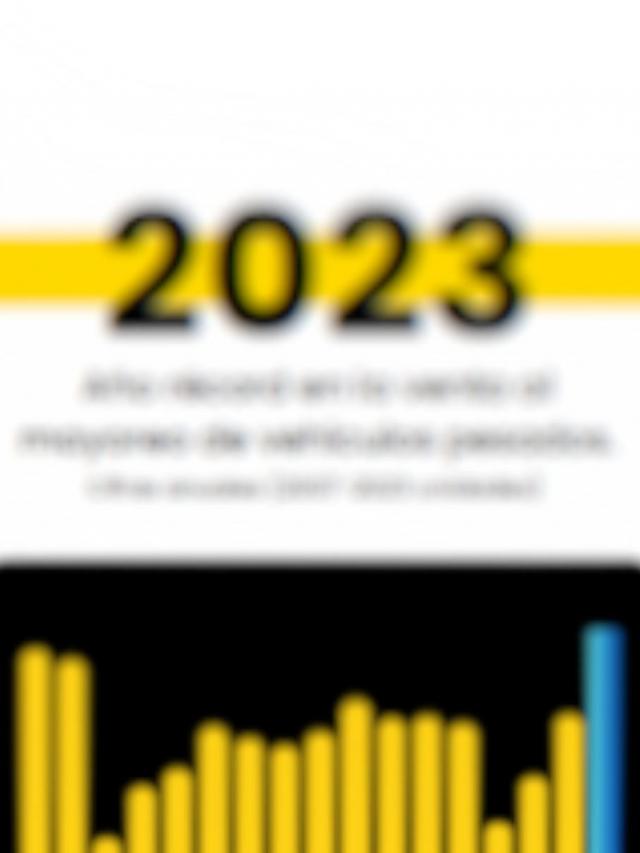
The World Bank (WB) estimated that Mexico will have an economic growth of just 1.5% for 2025 and 1.6% for the following year, limited by the application of a restrictive monetary policy and fiscal consolidation , so it estimated that developing economies, which drive 60% of global growth, will end the first quarter of the 21st century with the weakest long-term growth prospects since 2000.
The organization revealed this in its World Economic Outlook report , in which it predicts that the global economy will grow by 2.7% in both 2025 and 2026, at the same pace as the previous year.
The World Bank said that growth in developing economies is also expected to remain stable at around 4% over the next two years. “However, this would be a weaker performance than before the pandemic, and insufficient to foster the progress needed to alleviate poverty and achieve broader development goals,” it stressed.
He said that even if the global economy stabilises over the next two years, developing economies are expected to move more slowly to catch up with the income levels of advanced economies.
The Washington-based organization said that the performance of developing economies would be weaker than before the COVID-19 pandemic, and insufficient to promote the progress needed to alleviate poverty and achieve broader development goals.
“The next 25 years will be more difficult for developing economies than the last 25,” said Indermit Gill , chief economist and senior vice president for development economics at the World Bank Group .
The World Bank noted that global economic integration “faltered,” resulting in overall economic growth falling from 5.9% in the 2000s to 5.1% in the 2010s and 3.5% in the 2020s.
According to the analysis, developing economies are now more important to the global economy than they were at the beginning of the century, accounting for around 45% of global GDP , up from 25% in 2000.
These economies have also become a major source of global capital flows, remittances and development assistance to other peer economies, accounting for 40% of global remittances between 2019 and 2023, up from 30% in the first decade of the century.
“In a world marked by political uncertainty and trade tensions, developing economies will need bold and far-reaching policies to seize untapped opportunities for cross-border cooperation,” said M. Ayhan Kose , World Bank Deputy Chief Economist and Director of the World Bank’s Prospects Group.
The report said that foreign direct investment (FDI) flows to developing economies are about half of what they were in the early 2000s.
He also stressed that new restrictions on global trade have had an influence , which in 2024 were five times higher than the average for 2010-2019.
Regarding the arrival of Donald Trump to the presidency of the United States, the World Bank maintained an “ambiguous” position, although it admitted that the magnitude of the possible changes in the country’s trade and fiscal policies is not clear, stressing that a 10 percentage point increase in tariffs applied to its trading partners could reduce global growth this year by 0.2 points.
He said that the “good performance” of major powers such as the United States and China will be key to the proper performance of developing economies in the future.
Among the regional forecasts, the organization indicated that in Latin America and the Caribbean, growth is expected to increase to 2.5% in 2025 and 2.6% in 2026, while in East Asia and the Pacific, growth is estimated to slow to 4.6% in 2025 and 4.1% in 2026.
Comment and follow us on X:@GrupoT21















